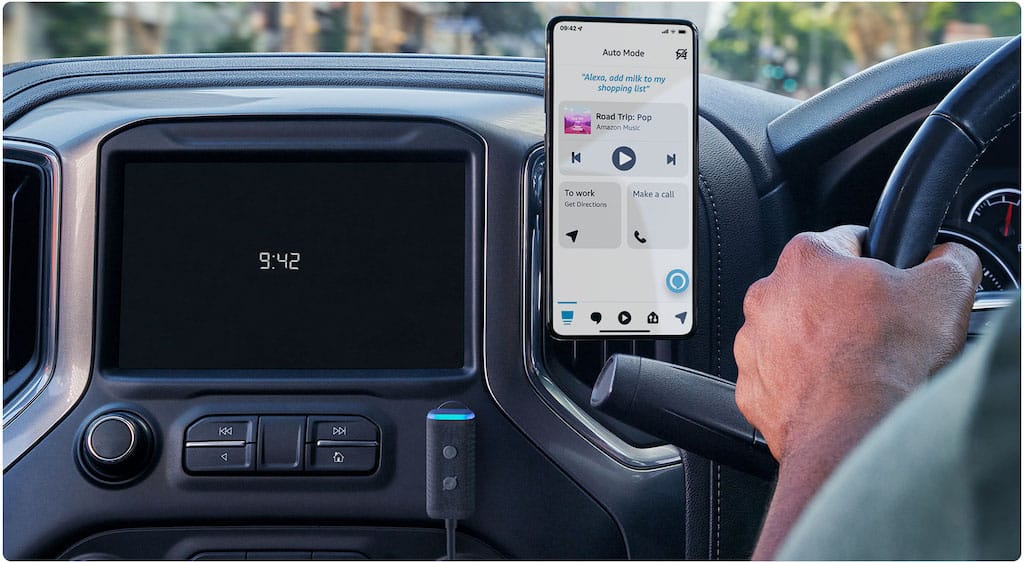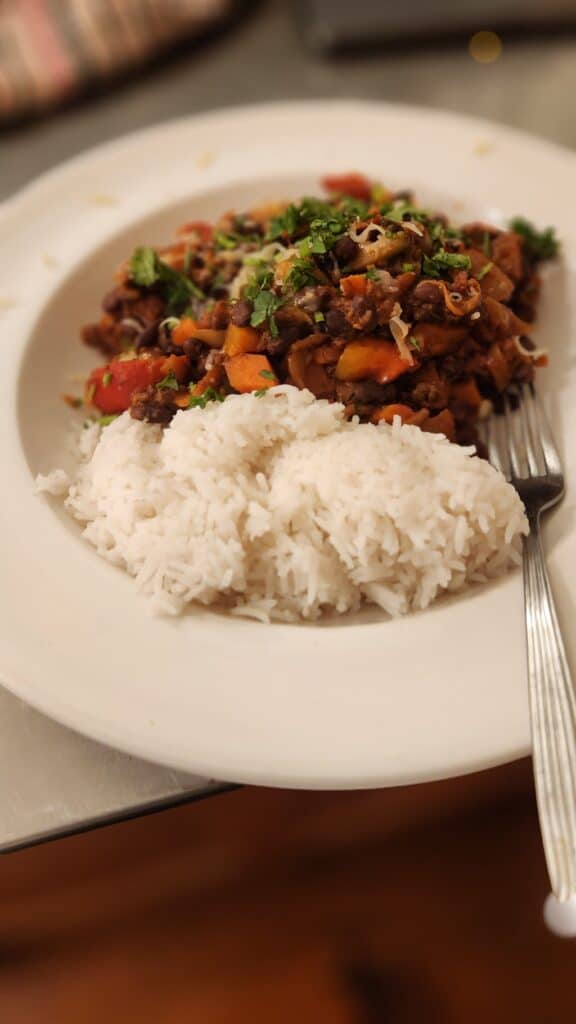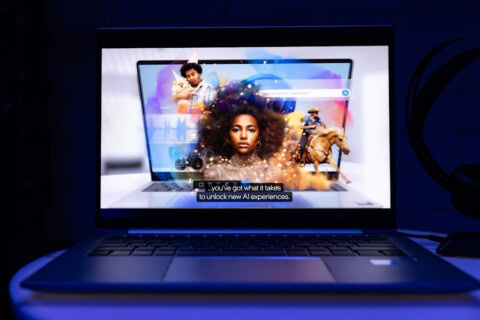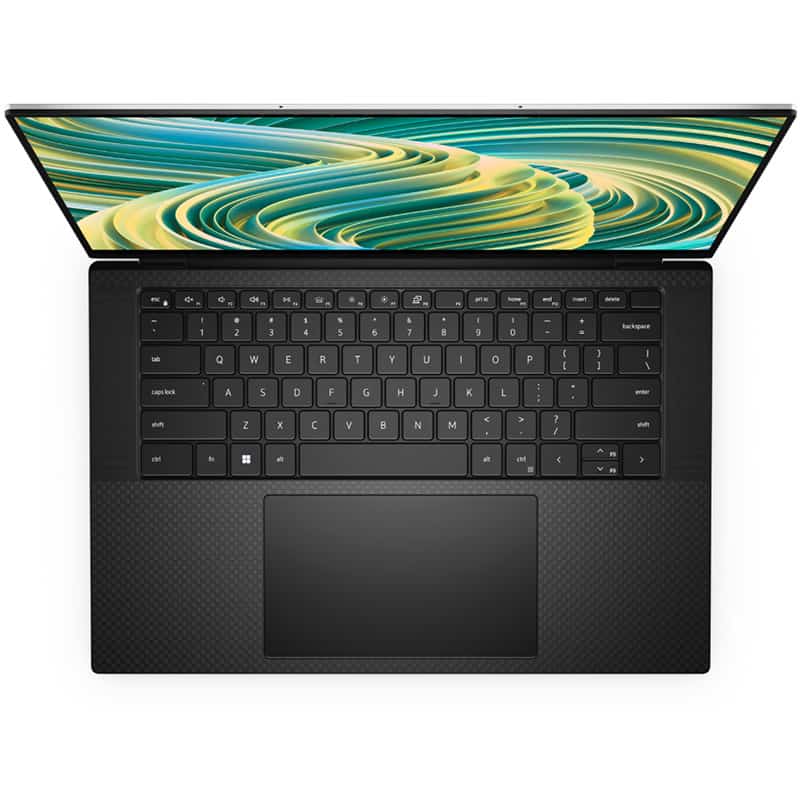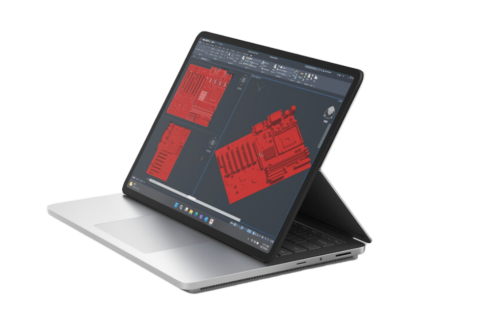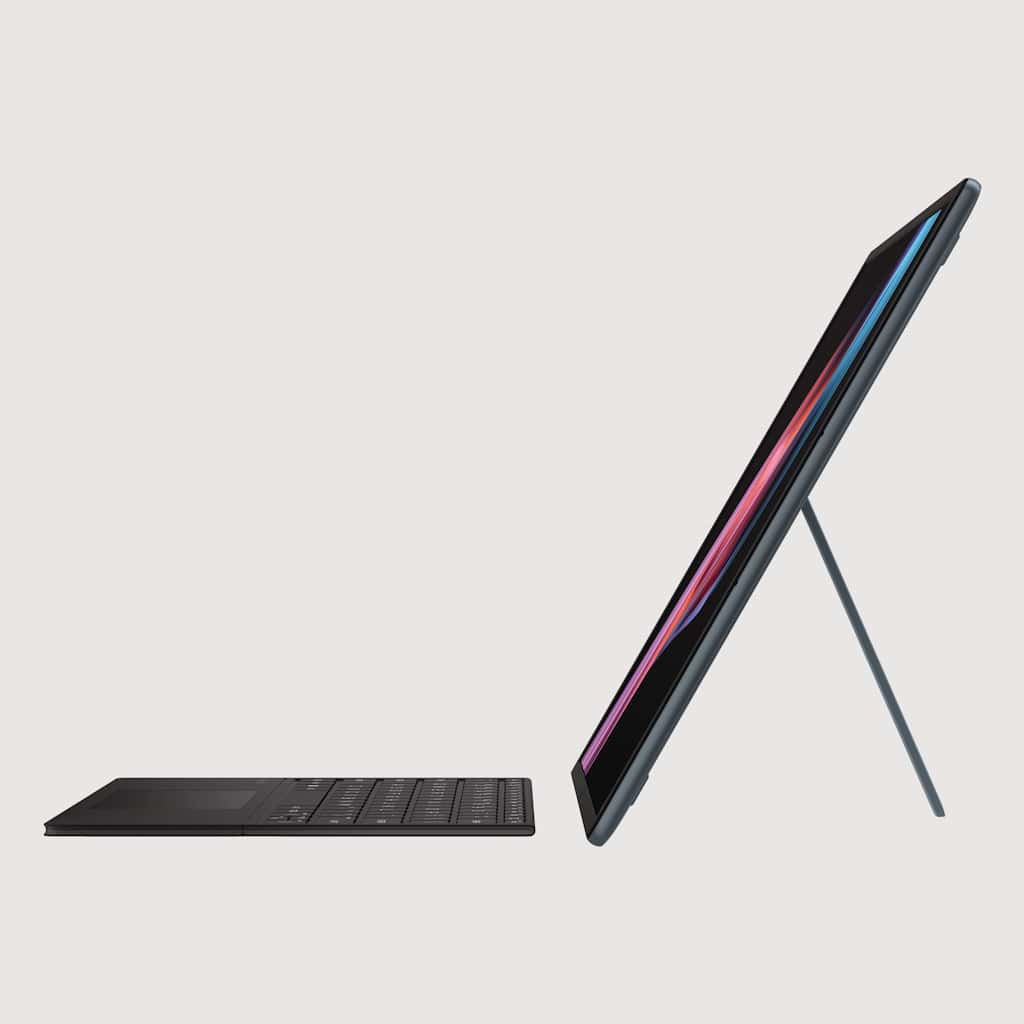Summary
Dell XPS13 2-in-1 Notebook PC
PAT PILCHER reviews Dell’s answer to Microsoft’s popular Surface blend of tablet and PC and is quietly impressed.
$2898
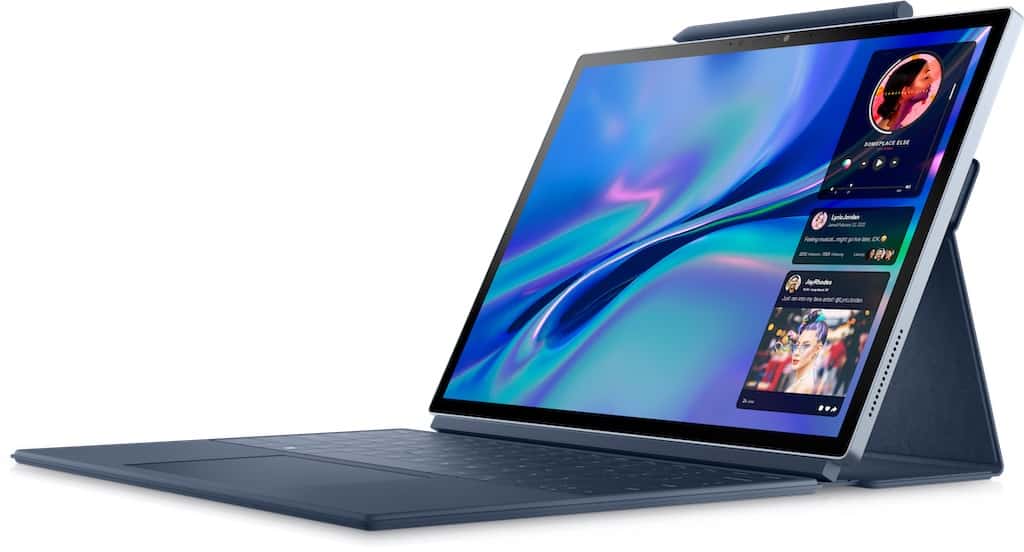 Microsoft set the notebook PC market alight when they announced their Surface range of convertible notebook PCs. Featuring a well-engineered chassis and a then-revolutionary ultra slim and removable folio-style keyboard, switching between tablet and laptop became incredibly easy. All of this made Microsoft’s Surface hardware significantly more portable than the competition. Microsoft’s competitors quickly took notice, launching their own take on this nifty design with hardware such as Dell’s latest, the XPS 13 2-in-1.
Microsoft set the notebook PC market alight when they announced their Surface range of convertible notebook PCs. Featuring a well-engineered chassis and a then-revolutionary ultra slim and removable folio-style keyboard, switching between tablet and laptop became incredibly easy. All of this made Microsoft’s Surface hardware significantly more portable than the competition. Microsoft’s competitors quickly took notice, launching their own take on this nifty design with hardware such as Dell’s latest, the XPS 13 2-in-1.
Would you like to support our mission to bring intelligence, insight and great writing to entertainment journalism? Help to pay for the coffee that keeps our brains working and fingers typing just for you. Witchdoctor, entertainment for grownups. Riveting writing on music, tech, hi-fi, music, film, TV and other cool stuff. Your one-off (or monthly) $5 or $10 donation will support Witchdoctor.co.nz. and help us keep producing quality content. It’s really easy to donate, just click the ‘Become a supporter’ button below.
Like the Surface, the XPS 13 blends a sleek folio key-cover case with an attractive machined aluminium chassis that houses a display and the computer bits. Further adding to its attractiveness is support for Intel’s EVO specs, which should translate into superior battery life and super-fast Wi-Fi 6e support. There’s plenty to like on paper, but what’s it like in use?
The XPS 13 chassis looks very upmarket thanks to its milled aluminium case, and both it and the folio keyboard cover are well crafted. The tablet feels solid, and the folio does a sterling job of protecting it from dings and other minor damage.
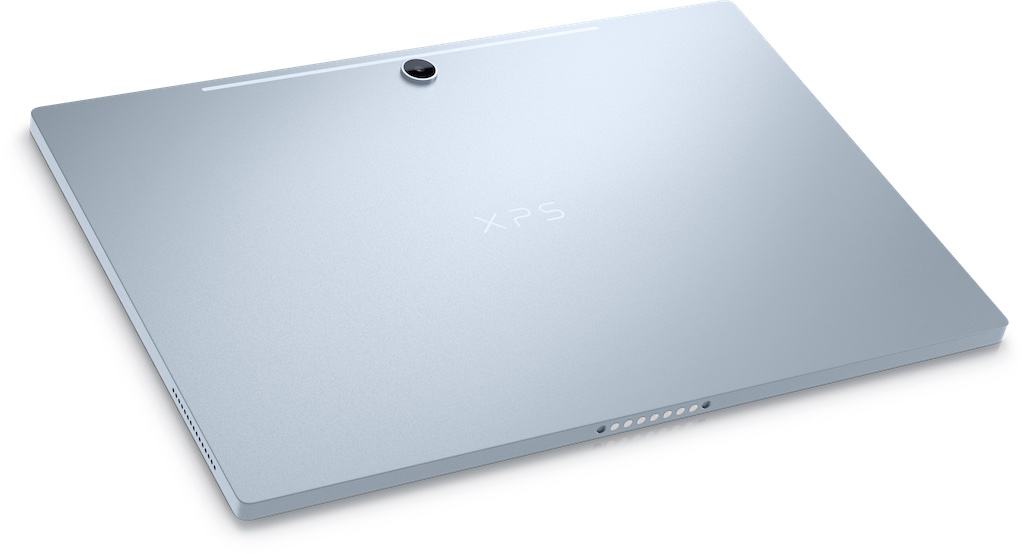 The folio attaches to the alloy chassis magnetically with a satisfying snick. It can hold up the display 100, 110.5 and 125 degrees. As nice as this sounds, I prefer the fold-out kickstand of the Surface which is infinitely more adjustable, but the folio stand works at a pinch.
The folio attaches to the alloy chassis magnetically with a satisfying snick. It can hold up the display 100, 110.5 and 125 degrees. As nice as this sounds, I prefer the fold-out kickstand of the Surface which is infinitely more adjustable, but the folio stand works at a pinch.
Externally, the ports and controls are minimal: a power button (with a built-in fingerprint reader) and volume control. Camera-wise, you get a screen bezel 5Mp sensor which works superbly with Windows Hello for a seamless log-in. There’s also an 11 MP shooter around the back. On the wireless connectivity front, you’re well covered. You get Wi-Fi 6E which, aside from futureproofing, is also blindingly fast, and Bluetooth 5.2.
If that’s the good news, the not-so-good news is that physical connectivity is limited. Along the XPS13’s left-hand side, you get two Thunderbolt 4 ports, and that’s it. This translates into a single usable port, as one is needed for power/charging, so buying a hub is a must which adds more clutter to your laptop bag.
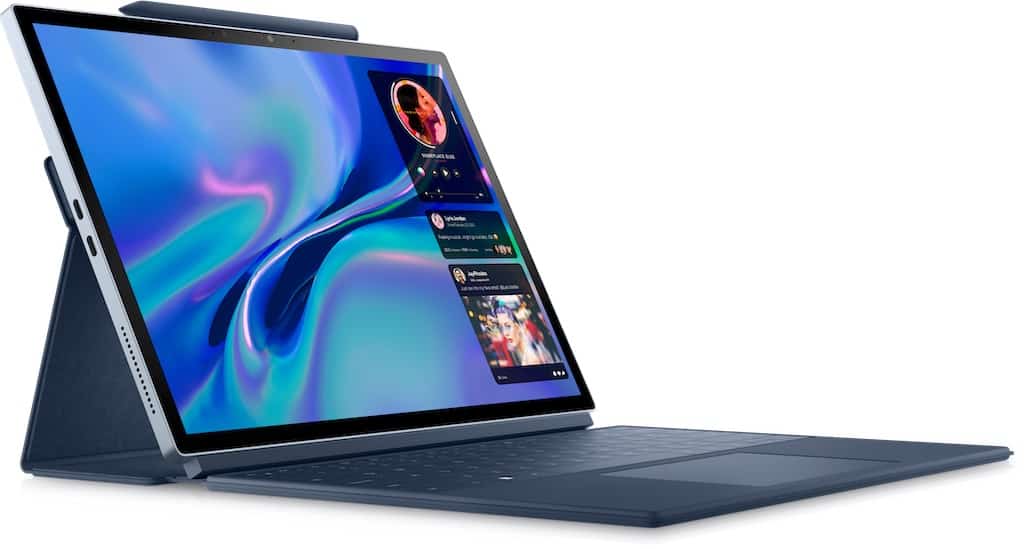 That said, the folio covers a large, roomy keyboard with a generous integrated trackpad. While the keys don’t have much travel, I soon got used to them. I found the tactile feedback superior to other folio cover keyboards, such as that used on the Surface, the iPad and many other devices. The keyboard is backlit too.
That said, the folio covers a large, roomy keyboard with a generous integrated trackpad. While the keys don’t have much travel, I soon got used to them. I found the tactile feedback superior to other folio cover keyboards, such as that used on the Surface, the iPad and many other devices. The keyboard is backlit too.
The XPS 13’s display sports 2880 x 1920 resolution, which gives plenty of crisp detail, whille its 3:2 ratio translates into extra height. The panel might be IPS, but at 528 NITs, it is plenty bright, and the contrast levels are reasonable. I was also pleased to note that it’s a touchscreen, which greatly adds to its versatility, even if it would be nice to get a cleaning cloth bundled, as touch screens are fingerprint magnets and tend to get grubby.
The XPS 13 review unit came with Intel’s Core i7-1250U silicon, which clocks in at a respectable 4.7GHz. Add a healthy 16GB of RAM (DDR4) and a zippy 512GB SSD, and you can run almost any productivity app. Gaming, however, is hampered by Intel’s Iris Xe graphics. Even though the XPS 13 easily handled basic photo editing chores. As the XPS 13 is passively cooled, you’re also not distracted by fan noise, even if the top of the display becomes warm to the touch.
Looping a YouTube clip with brightness levels pegged back slightly saw the XPS 13 delivering an impressive nine-hour and 15-minute run time. Upping the brightness and using more demanding apps will slightly drop this. Still, battery life, as you’d expect from an EVO device, is excellent.
With prices starting from $2898, the XPS 13 isn’t a budget model. It can run most office productivity apps, and its touch-capable display is bright and crisp. Couple that with a battery life that’ll get you through a working day and some, and the XPS acquits itself well. As tempted as I was to give the Dell a 10/10, it was held back by its lack of physical connectivity.
Specs
OS: Windows 11
Display: 13-inch 2880 x 1920 60Hz IPS
CPU: Intel Core i7-1250U
Memory: 16GB
Graphics: Intel Iris Xe
Storage: 512GB PCIe NVMe SSD
Webcam: (Front) 5mp, (Rear) 11mp
Connectivity: 2 x Thunderbolt 4/USB 3.2 Gen 2 Type-C, Wi-Fi 6E, Bluetooth 5.2
Battery: 49.5Wh
Dimensions: 201 x 300 x 17mm
Weight: 1.3kg



